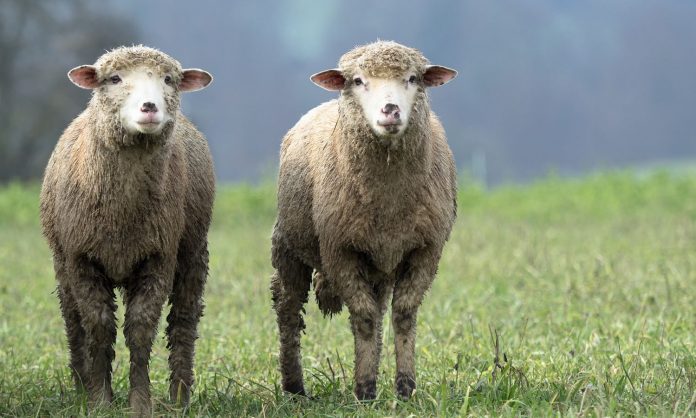In an article for The Smithsonian, John Last examines veterinary care of the middle ages, which relied on superstition and magic as much as observation and science. For common folk, animals were important investments, often the key to a family’s livelihood. For the elite, falcons and hounds were status symbols, and people of all kinds kept animals as pets.
Some animal care givers had manuals with instructions for treating simple illnesses and wounds. A wealthy owner likely had access to the most knowledgeable and experienced animal doctors. However, for uncommon diseases, healers often turned to magic, crafting remedies from pulverized snake or frog or creating talismans to be worn by the sick animal. Some advice was simple quackery, such as a remedy that called for sheets of tin and lead to be sewn into a horse’s forehead as a cure for farcy.
As ever, astrology and religion were called into play. Some animal doctors scheduled surgeries based on the movement of stars and celestial events, while others relied on simple prayer. Medieval Christians believed that saints like Hippolytus and Becket would heal sick animals. Often, prayers for saintly intercession were all that were available to common people, who could not afford healers and magicians.
Various incantations to this effect have been found in the margins of veterinary manuals. Prayers were directed to saints and holy figures whose suffering most mirrored that of the animal in question. And sometimes veterinarians might simply spout gibberish and claim it was a Latin prayer. Who would know?
Who is your vet of the Middle Ages? Is he magician, scholar, or fraud? Is veterinary medicine applicable to your fantasy novel? To what lengths would your character go to heal a beloved pet or necessary working animal? What happens next?












